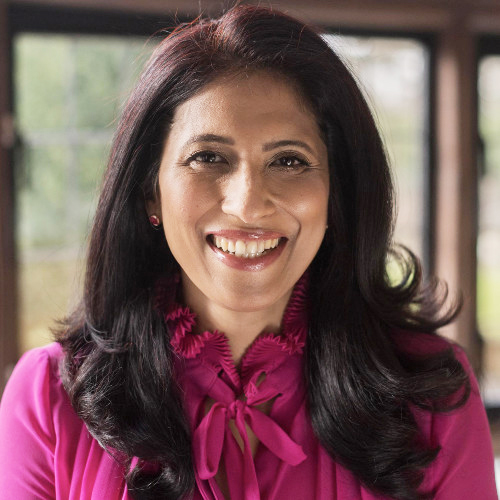
Chief HR Officer
Unilever
Ten years ago, the company set a target of achieving a 50/50 gender balance in managerial roles across the global business by the end of 2020. It reached that milestone early. Here’s how:
- Leading the change from the top
CEO Alan Jope chairs Unilever’s Global Diversity Board, which comprises senior leaders and is accountable for setting the diversity and inclusion (D&I) strategy.
Global Diversity Board members are tasked with driving gender balance within their parts of the business. Improving gender representation is written into their annual business and development targets.
There is also a network of D&I Champions – nearly 100 employees who help power this agenda through collaboration worldwide.
- Improving numbers and culture at the same time
When Unilever started working towards its ambitions of a more gender-balanced business, the prevailing wisdom was that a culture shift had to be in place before numbers changed.
Recognising the deep connection between an inclusive culture and a thriving workforce, the company decided to take a more holistic approach. While working on cultural changes, it applied data on current and historical challenges to set stretching targets.
The Unilever Leadership Executive checks progress against these targets every month and the Global Diversity Board reviews updates three times a year.
- Removing stereotypes
In 2016 Unilever launched a global commitment to move advertising away from stereotypes, commissioning a study to understand how stereotypes affect employees. The results made tough reading – 60% of women and 49% of men said they felt stereotypes had held them back at work.
Unstereotype the Workplace is now a global theme across Unilever.
- Addressing unconscious bias
In 2018 Unilever began a partnership with Prof Iris Bohnet of Harvard University to put the company at the cutting edge of results-driven, scientific approaches to unconscious bias.
The Gender Appointment Ratio, which looked at the recruitment track records of senior leaders over a five year period, measured how many men were hired compared with women This presented managers with the big picture of their recruitment decisions
to help them make unbiased choices.
- Better support for new parents
In 2018 Unilever completed the rollout of its Global Maternal Wellbeing standard, which guarantees employees 16 weeks’ paid maternity leave, while the Global Paternity Leave standard enables new fathers to take three weeks’ paid leave. These are available to same-sex couples and those who choose to adopt.
- Flexible working
All employees are entitled to request flexible working. Unilever also implements job-sharing at the vice-president level, giving women space to balance their careers with their personal purpose and responsibilities. For example, Shelagh Muir and Jane Maciver share the role of VP, R&D Strategy, Portfolio & Operations, working
three days a week each.
- Tackling tricky hot spots
In 2017, Unilever identified the areas facing the greatest challenges in terms of achieving a gender-balanced workforce,and how to tackle them.
In Supply Chain, for example, it started increasing the representation of
women by accelerating the development of existing female leaders and working with recruitment specialists to build proactive talent pipelines. And in Finance it adopted a performance management framework for gender representation, adding targets for directors to lead on diversity.
- A shift in senior roles
Policies to support balanced hiring and assessments for senior leadership roles have made a big impact.
Female representation in VP positions improved from 17% in 2015 to 30% in 2018. Progress has also been made in factories – traditionally a very male-dominated sector. Unilever moved from 11% of female factory leaders in 2015 to 20% in 2018.
- Knowing there’s still work to do
“We’ve succeeded in reaching gender balance at management level, but our work doesn’t stop there, and we will continue to be a driving force in closing the gender gap everywhere,” says Chief HR Officer Leena Nair.
“A thriving society is one where women have equal rights. If half the population is being held back, how are we going to move forward?”



